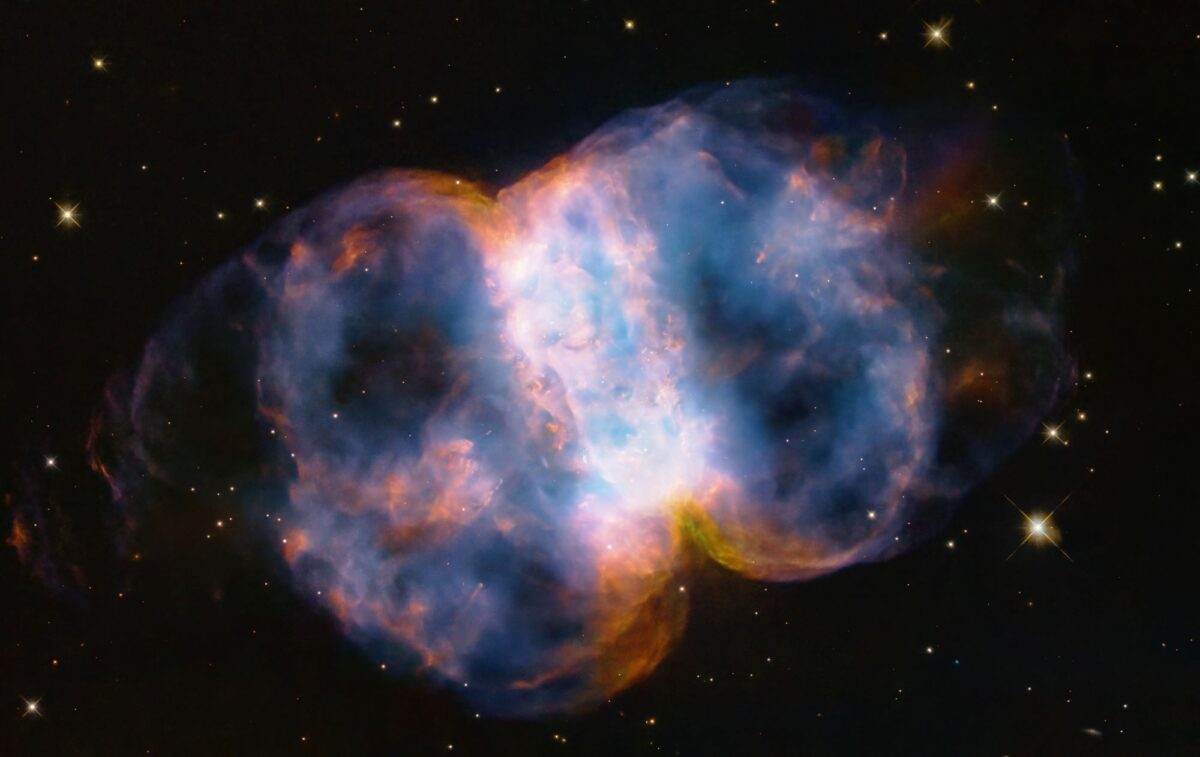The goal of the Grand Observatories Program was to map the universe in the most detailed way possible using space-based instruments that could give a more accurate picture of phenomena in space than ground-based observations. The first member of the program was the Hubble Space Telescope, launched on April 24, 1990 as part of the STS-31 mission.
The Hubble Space Telescope has been operating in space for more than three decades and has enriched humanity's knowledge of the universe with countless valuable recordings, observations and data. The telescope was the most advanced space telescope of its time, and was launched on April 24, 1990 as part of the STS-31 mission as the first member of the Great Observatories Program. The telescope arrived at its destination on board the Discovery spacecraft, one of the space shuttles still operational at the time, which was 1.5 million kilometers away from Earth, much closer than the James Webb Space Telescope station orbiting the second Lagrange point: Hubble orbits at a distance It is about 515 kilometers high, and since its launch, it has orbited Earth more than 184,000 times.
Hubble has many firsts, including being the first space telescope designed to be serviced by Space Shuttle astronauts if necessary. This precaution paid off early in the telescope's operation, as shortly after Hubble was put into operation, it became clear that there were problems with the quality of the images, caused by a defect in the main mirror. This and many other minor errors were corrected during a ten-day repair mission in 1993 by the astronauts who arrived at the scene with Endeavour, thanks to which Hubble has been able to transmit more and more amazing images of phenomena in space since then.

When we look at the space telescope's performance in terms of numbers, we get surprisingly low and high numbers: Hubble has observed just 0.1% of the sky over the past 34 years, but that doesn't mean it has collected too little data, as more have been done than 1.6% of the sky. One million observations during ESA As described Discovering more than 53 thousand objects in space. NASA According to your data The number of space objects on which Hubble has collected data is more than 100 million. The space telescope transmits data at 1 megabit per second, and its data archive has grown to 430 terabytes over the past three and a half decades, of which 184 terabytes are available to scientists at the Space Telescope Science Institute (STSI). Based on Hubble observations, researchers have so far published 44,000 studies, and last year alone, 1,056 scientific works were published in various journals based on tests conducted using the telescope. The demand for telescope services is so great that observing time has exceeded six times the demand.
The Hubble Space Telescope has suffered several times in recent years due to faulty hardware components, but the problems have been overcome and the space telescope continues its mission, now as an additional partner to the James Webb Space Telescope. NASA archive On acceptance We can see the videos shown during the post-launch and launch conference of the telescope about the beginning of the Hubble mission, taken by the Discovery crew in 1990. One On a longer recording Key moments of the STS-31 mission also included segments on Hubble, including Hubble's launch at approximately minute 36.
(Image: NASA)

Thirty years ago, the Hubble Space Telescope narrowly escaped failure
On December 2, 1993, the Space Shuttle Endeavor blasted off to the Hubble Space Telescope to perform a critical repair on the spacecraft, without which the telescope would never have been able to fulfill its anticipated scientific mission.






